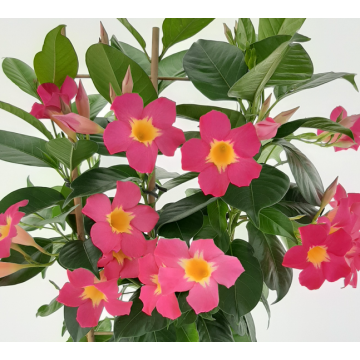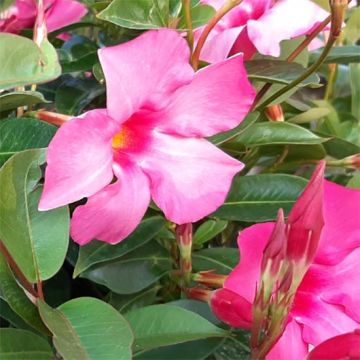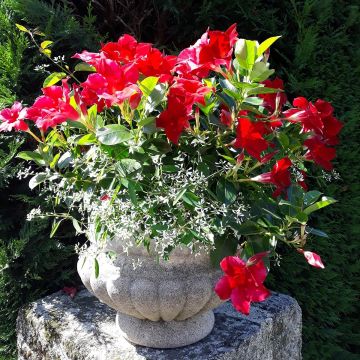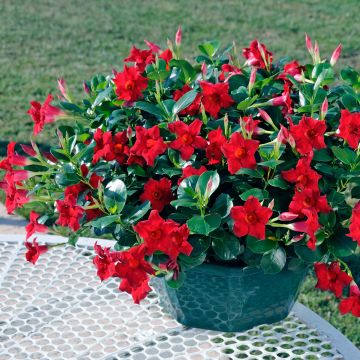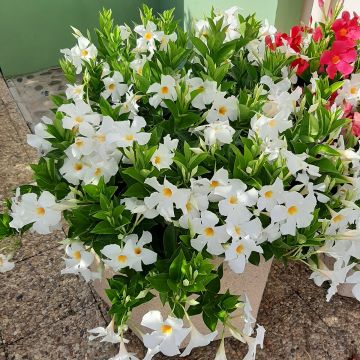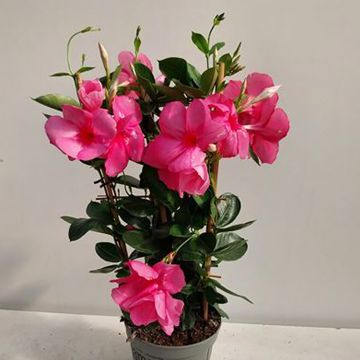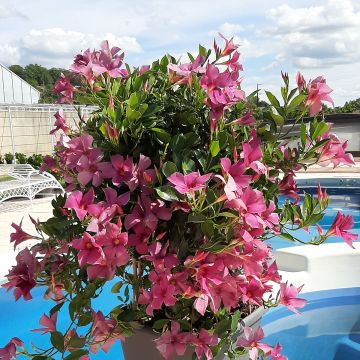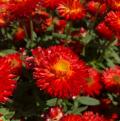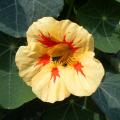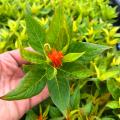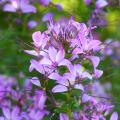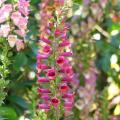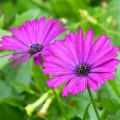Dipladenia or Mandevilla
Does this plant fit my garden? Set up your Plantfit profile →
Available in 1 sizes
Available in 1 sizes
Available in 1 sizes
Available in 1 sizes
Available in 1 sizes
Available in 1 sizes
Available in 1 sizes
Available in 2 sizes
Available in 2 sizes
Available in 1 sizes
Available in 1 sizes
Available in 1 sizes
Available in 1 sizes
Available in 1 sizes
Available in 1 sizes
Available in 1 sizes
Available in 2 sizes
Available in 1 sizes
Available in 1 sizes
Available in 1 sizes
Dipladenias (Dipladenia or Mandevilla splendens) are remarkable climbers that bloom abundantly throughout the summer, even in pots. They tolerate drought well and require little watering. Native to southeastern Brazil, these voluble plants with woody stems have ovate, opposite, and single leaves. Their funnel-shaped flowers form beautiful pink or red bouquets that close at night. Growing them in pots allows for overwintering Dipladenia in a veranda at 10/15°C (50/59°F) and bringing them outside in May. An application of organic fertilizer for flowering plants is necessary to ensure a beautiful bloom. Repot every 2 years in spring. Among the 120 recorded species, the "Sundaville" hybrids are the most well-known with pink or red flowers used to decorate pergolas or trellises on terraces. Belonging to the same family as oleander, these Mandevillas are toxic if ingested and irritating to the touch. Tips: If your Dipladenias lose their leaves, check that they are not in a draft or lacking water. Beware of mealybugs!
Haven't found what you were looking for?







































